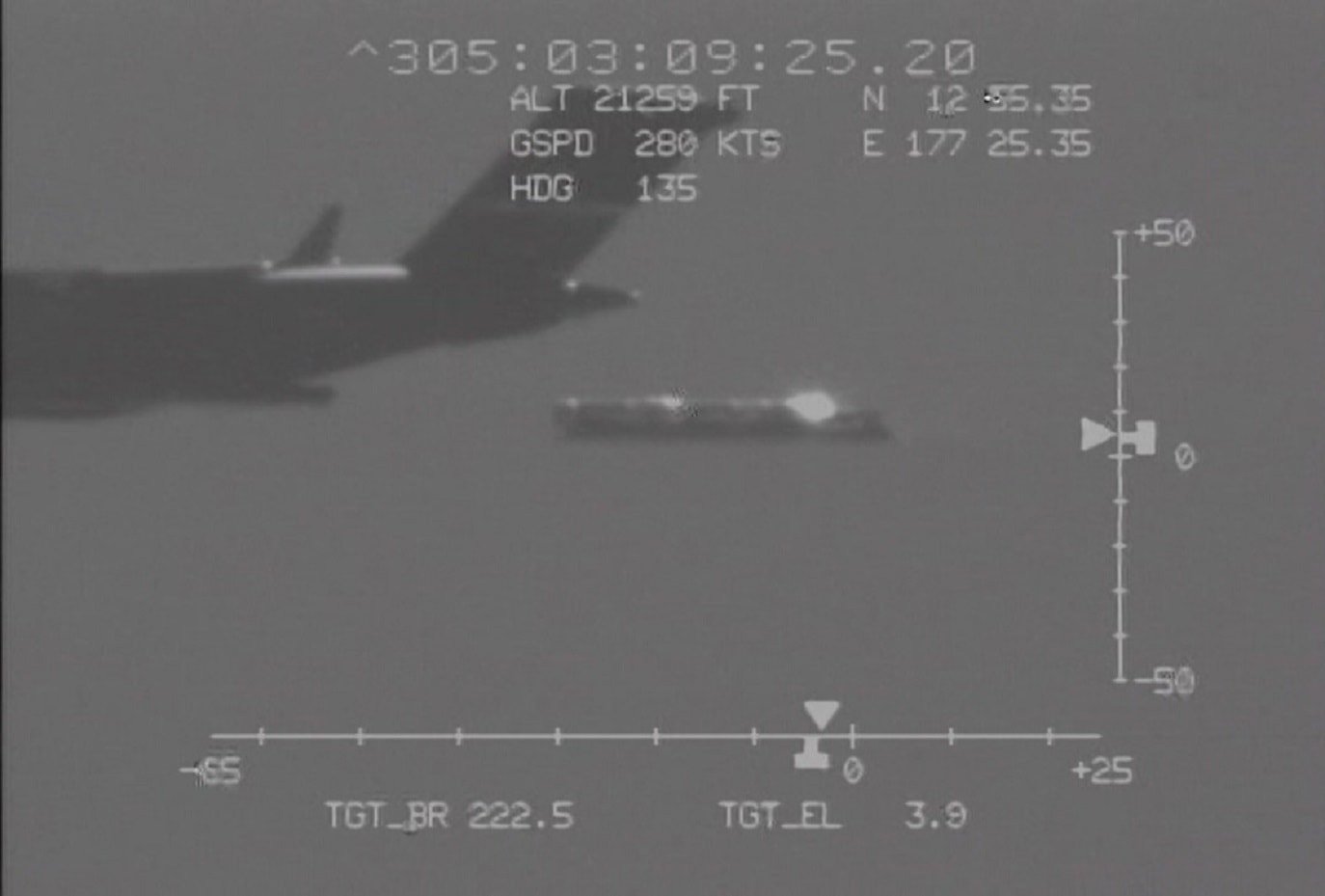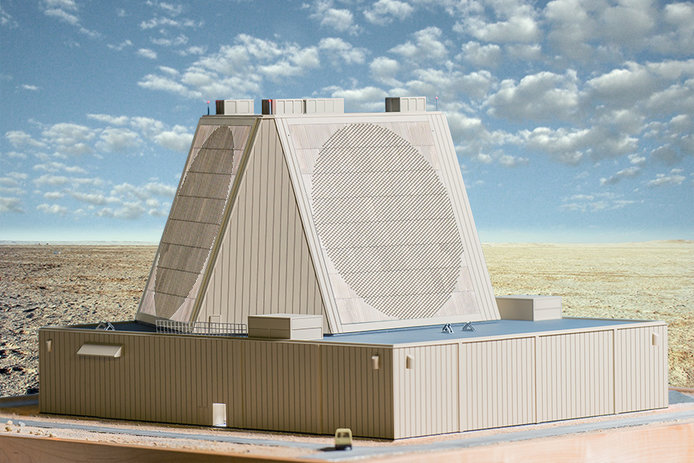The green is part is merely revelation of Dr. Loren Thompson whose quote I shared in post # 19 - not a lie. Your interpretation of the incident on the other hand...
The USS Enterprise experienced a series of powerful explosions in short order (multiple 500 pound munitions exploding in a row >> one ASBM in terms of causing damage to the flight deck and beyond). The damage control parties went to work in earnest, getting the fire under control in less than an hour, and fully extinguishing it after three hours - earlier incidents of
Oriskany (CVA 34) and
Forrestal (CVA 59) were instructive in this regard. Casualties were surprisingly low due to compartmentalization factor. The USS Enterprise remained functional through the ordeal and returned to port on the same day for repairs - there was no need to tow it. Now this was the case in 1969 when aircraft carriers were relatively lacking in survivability - this incident was particularly instructive in regards to improving survivability of aircraft carriers in the long-term. Modern aircraft carriers feature higher levels of compartmentalization, higher levels of armoring, superior damage control measures, and superior defenses in comparison.
Carriers are nearly impossible to sink. Because of their vast size, U.S. aircraft carriers have hundreds of water-tight compartments. They also have thousands of tons of armoring, and redundancy built into major on-board systems such as the electrical wiring. So that one weapon that might penetrate a layered defense isn’t likely to do great damage to the carrier. The vessel won’t sink, and the crew will probably be able to work around whatever damage is incurred to continue performing their mission. The size of the carrier that some pundits fear makes it vulnerable to attack actually makes it more resilient than any other warship.
LINK:
https://www.forbes.com/sites/lorent...he-safest-places-to-be-in-a-war/#9abb9b32f7ac
The ASBM is expected to breach the flight deck upon impact given its velocity but the extent of damage will be mitigated through extensive levels of compartmentalization and armoring. Flight deck width is massive as well (252 feet across). There will be casualties as well but it is possible for a modern aircraft carrier to absorb an ASBM strike or two and keep functioning. This is assuming that an ASBM gets through in the first place.
This report is a good share, particularly for those who are not in touch with rocket sciences in theory and practice.
There is also the tendency to assume in Public discourses that missile defense programs are shaped by traditional and/or limited set-of-assumptions and actual rocket sciences are overlooked in practice. This is FALSE.
American companies are putting together a wide range of rocket designs to serve as targets for the missile defense regime, and these rocket designs are not bereft of maneuverability considerations - supposed to simulate a wide range of existing and even emerging threats (prototypes).
American companies continue to receive contracts for developing simple and complex targets for the missile defense regime. Examples below.
Washington (UPI) Sep 23, 2019 - Orbital Sciences Corp. received a $1.1 billion contract with the Missile Defense Agency for missile defense targets, the Defense Department announced.
www.spacewar.com
U.S. weapons maker Northrop Grumman received a $1,1 billion contract by the Missile Defense Agency for the missile defense targets, according to a statement issued Monday by U.S. Department of Defense. Under this new contract, Orbital Sciences Corp. (OSC), a business unit of Northrop Grumman, is...

defence-blog.com
Some countries spend that much on procuring a new strike platform.
It is obvious that Americans adhere to a costly testing regime to make sure that American defensive applications will deliver results when the situation demands it - reliability and consistency are important considerations in short.
Testing record of SM-6 class interceptors have not received much publicity (intentional censorship) because these interceptors were pitted against complex targets on average (Category 3 - 5) and defeated each.
The US Missile Defense Agency (MDA) and US Navy conducted a successful series of missile intercepts in the Pacific Ocean last week, demonstrating the capability of a newly modified missile interceptor to defeat short range ballistic missiles and cruise missiles with the same weapon. The SM-6 was...

defense-update.com
During FTM-27 Event 1, in December 2016, an Aegis Baseline 9.C1 destroyer (which hosts the Aegis BMD 5.0 Capability Upgrade) engaged a complex medium-range ballistic missile target with a salvo of two SM-6 Dual I missiles. FTM-27 Event 1 was the first demonstration of Aegis BMD Sea-Based Terminal capability against complex ballistic missile targets. - DOT&E
During FTM-27 Event 2, in August 2017, an Aegis Baseline 9.C1 destroyer engaged a complex medium-range ballistic missile target with a salvo of two SM-6 Dual I missiles. The test, which was a follow-on from FTM-27 Event 1, further demonstrated aspects of the Baseline 9.C1 Sea-Based Terminal engagement capability. - DOT&E
SM-6 class interceptors are equipped with cutting-edge seekers (AMRAAM technologies incorporated) to obtain lock(s) on incoming target(s) and capable of executing extremely high-G maneuvers while in the process to engage them (vastly superior maneuverability factor).
SM-6 seeker and terminal guidance electronics derive from technology developed in the Advanced Medium-Range Air-to-Air Missile program. - DOT&E
SM-6 retains the legacy Standard Missile semi-active radar homing capability. - DOT&E
SM-6 receives midcourse flight control from the Aegis Weapon System (AWS) via ship’s radar; terminal flight control is autonomous via the missile’s active seeker or supported by the AWS via the ship’s illuminator. - DOT&E
While inherent capabilities of the interceptor are important considerations, they benefit from inputs coming from the incredibly sophisticated Aegis Combat System for the needful.
FYI
In order for enemies to attack a carrier, they must successfully complete a complex sequence of events that the Navy calls a "kill chain." First the carrier must be found; then its location must be fixed; then a track of its movement must be established; then the carrier must be engaged; and finally, the results of the engagement must be assessed. In practice, each of these steps consists of a series of subsidiary tasks. Like broken links in a chain, if any of the tasks in the kill chain is not accomplished in a timely fashion, the entire process breaks down. In the event of hostilities, the Navy plans to disrupt every step in an enemy’s kill chain, from strikes against sensors searching for carriers to jamming of enemy command links to interception of weapons seeking to engage the carrier. Several features of the carrier strike group severely impede any adversary’s ability to execute an effective attack:
- Carriers are always moving, so even if found they can disappear into hundreds of square miles of ocean within minutes.
- Carrier air wings can intercept and destroy enemy combat systems long before they get anywhere near the carrier.
- Carriers deploy with surface, air and undersea escorts that can defeat diverse overhead, surface and submerged threats.
- Carrier sensors are netted with those of other friendly assets to assure optimum detection and targeting of nearby threats.
- Carriers are nearly impossible to sink given their extensive armoring and hundreds of watertight compartments.
Source:
https://www.lexingtoninstitute.org/...-Logic-of-Aircraft-Carrier-Strike-Groups2.pdf














